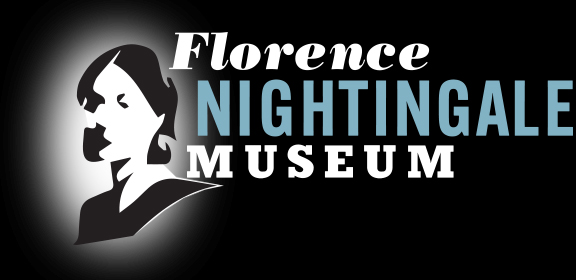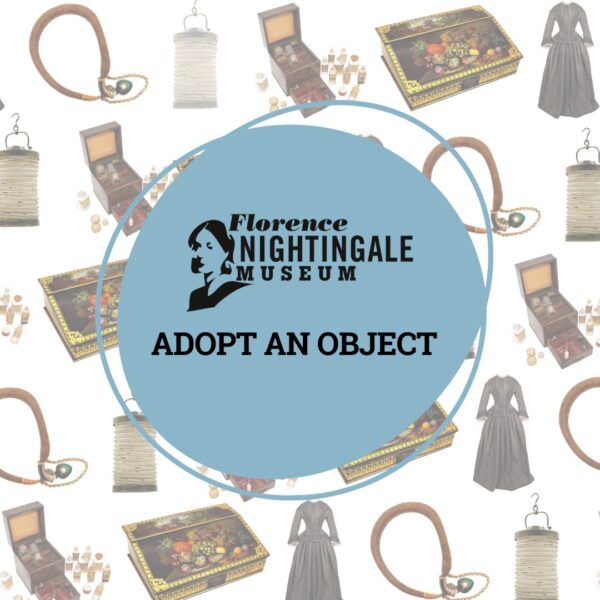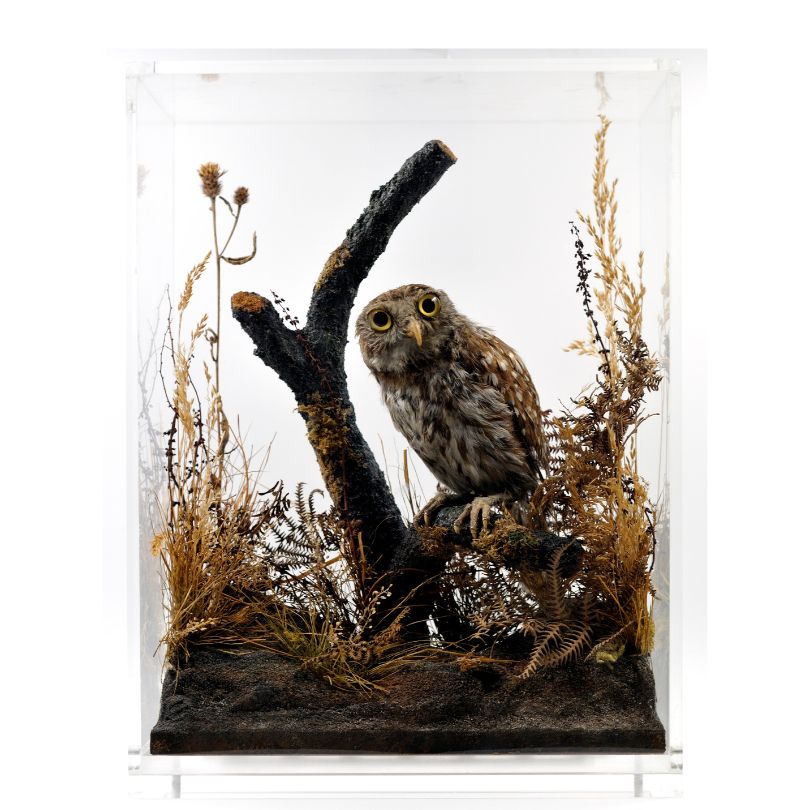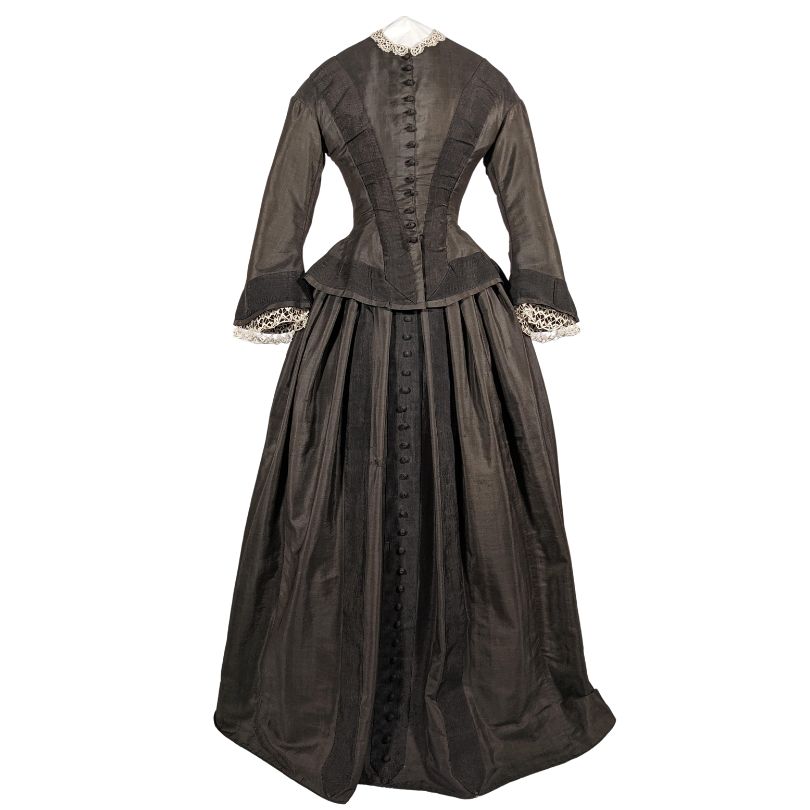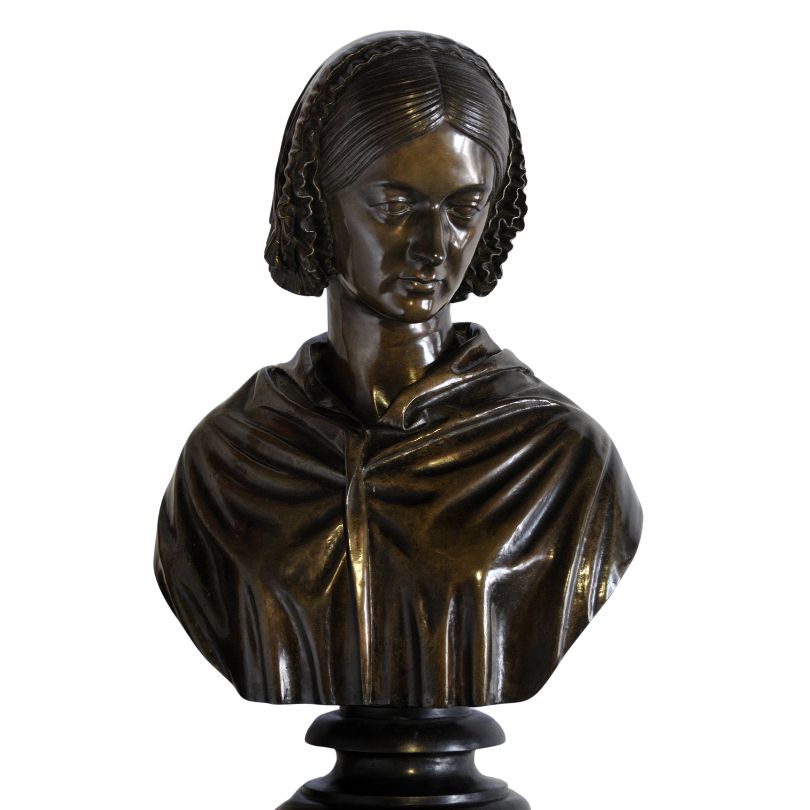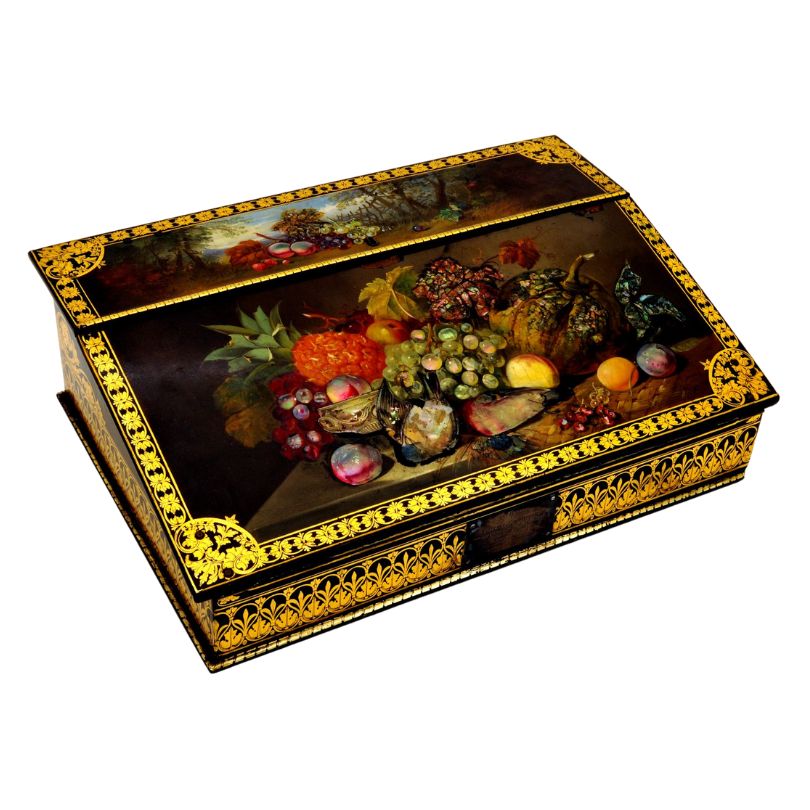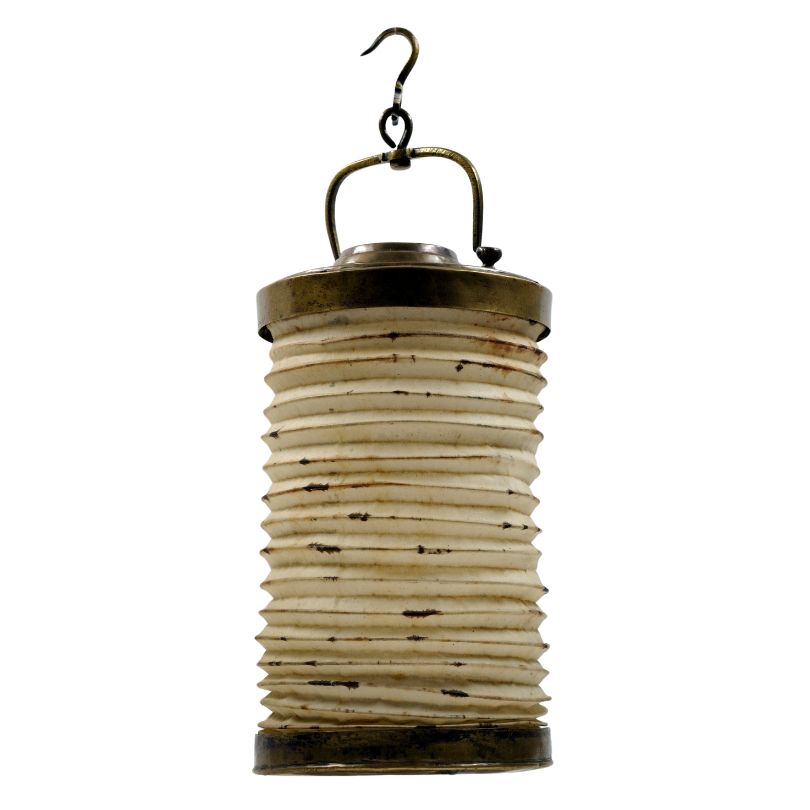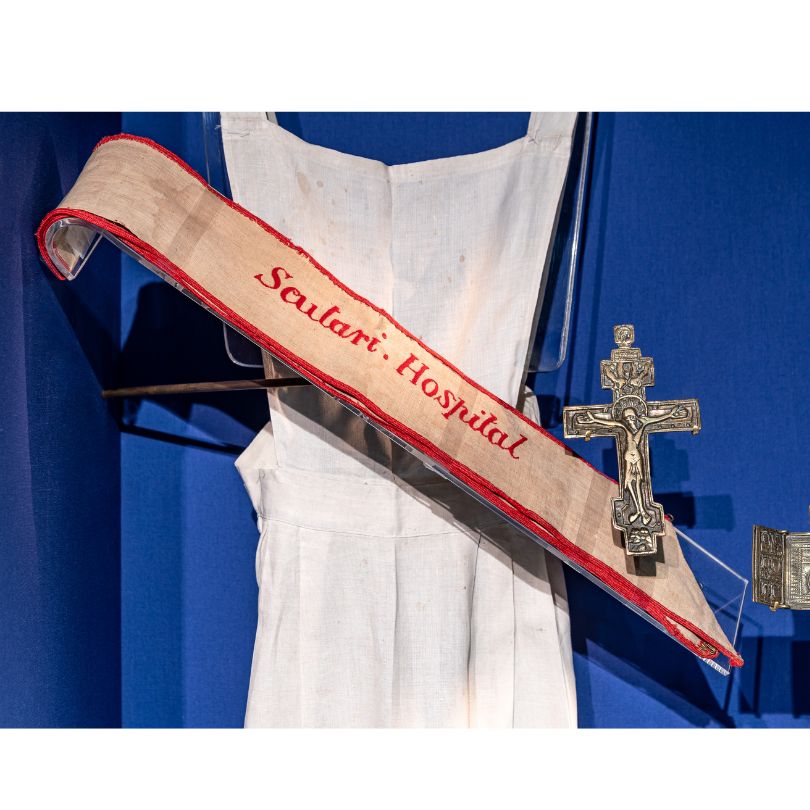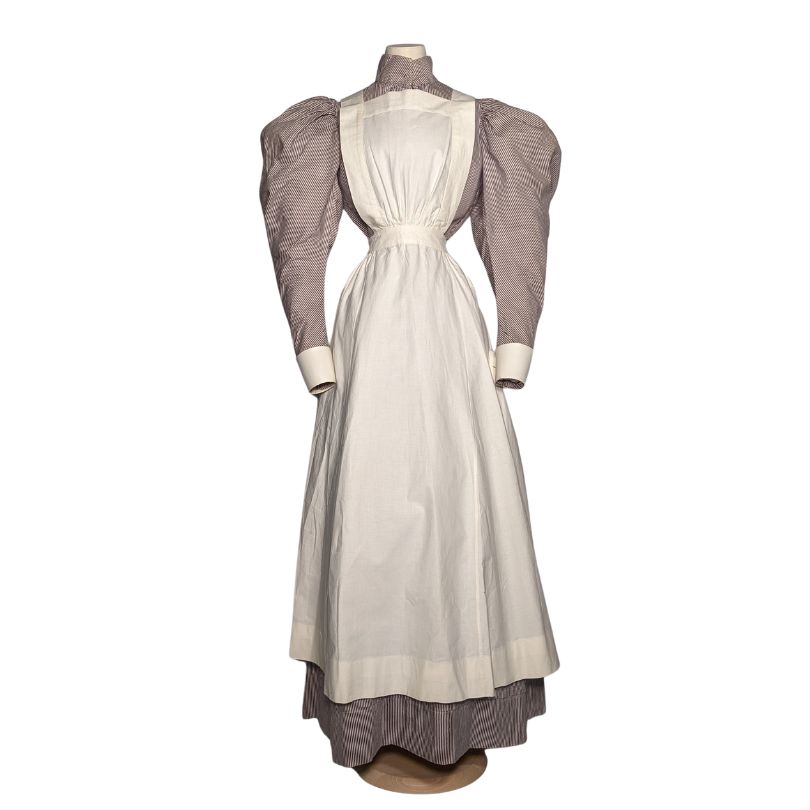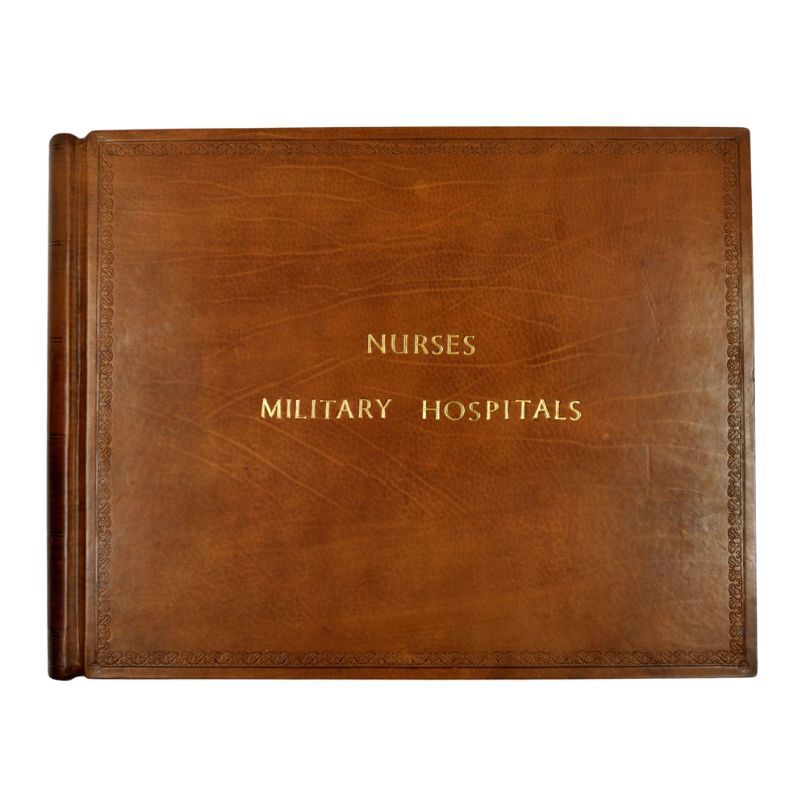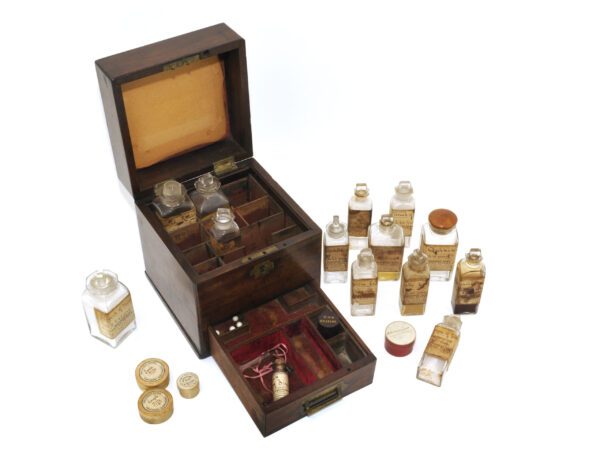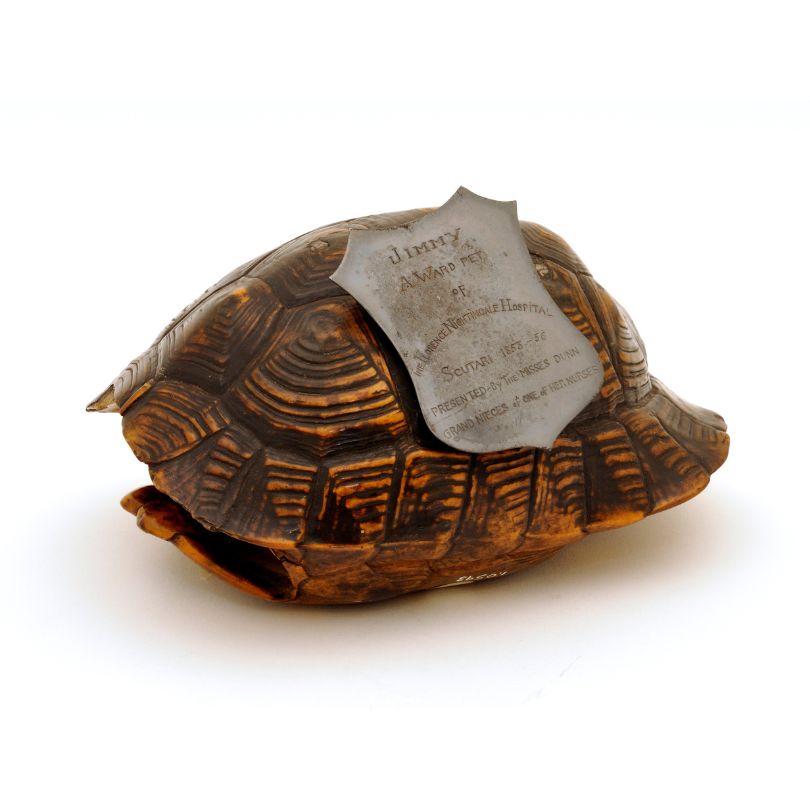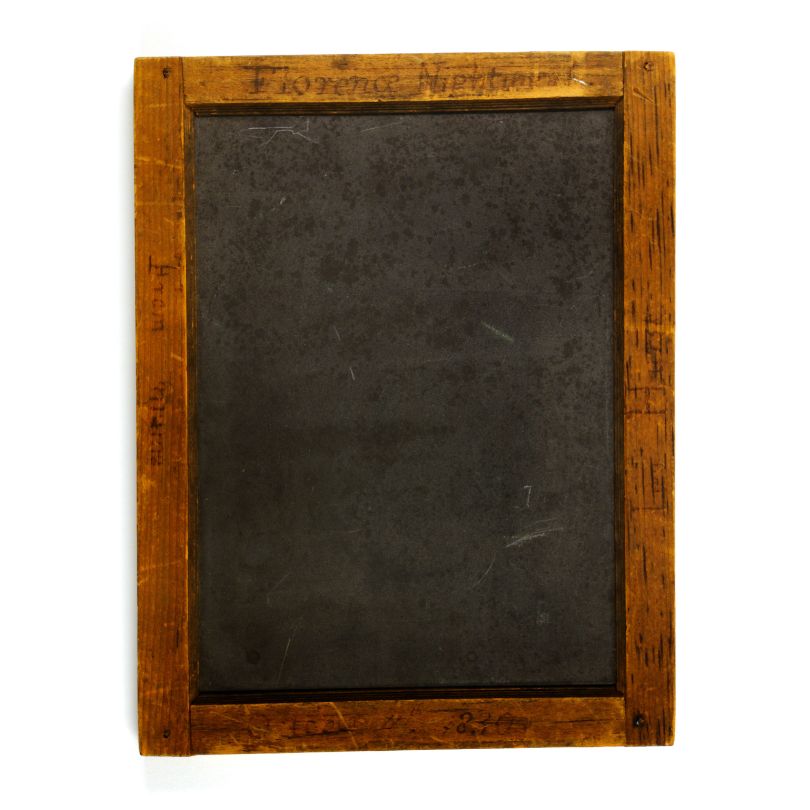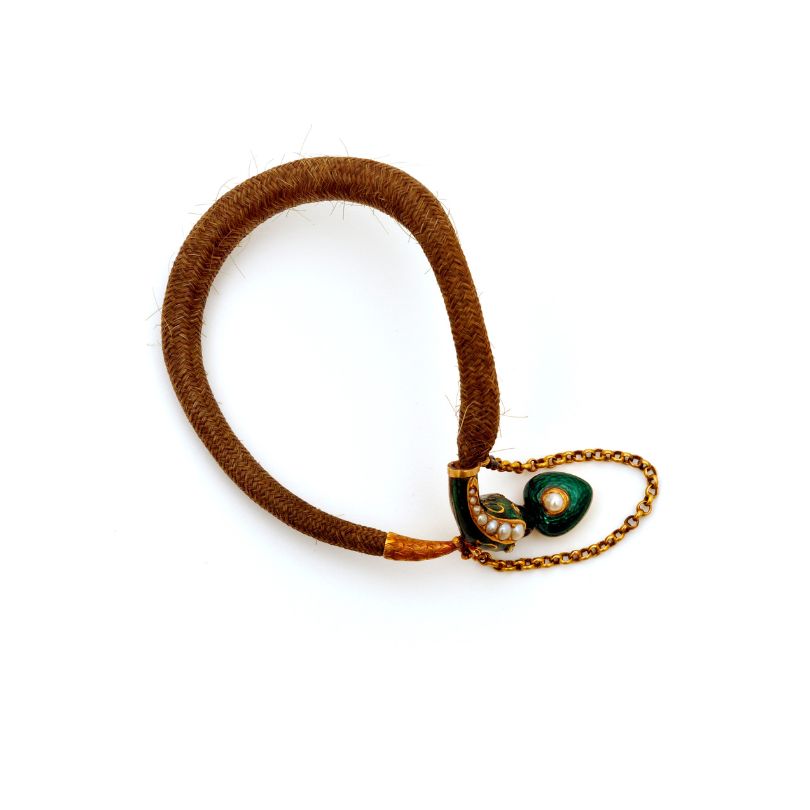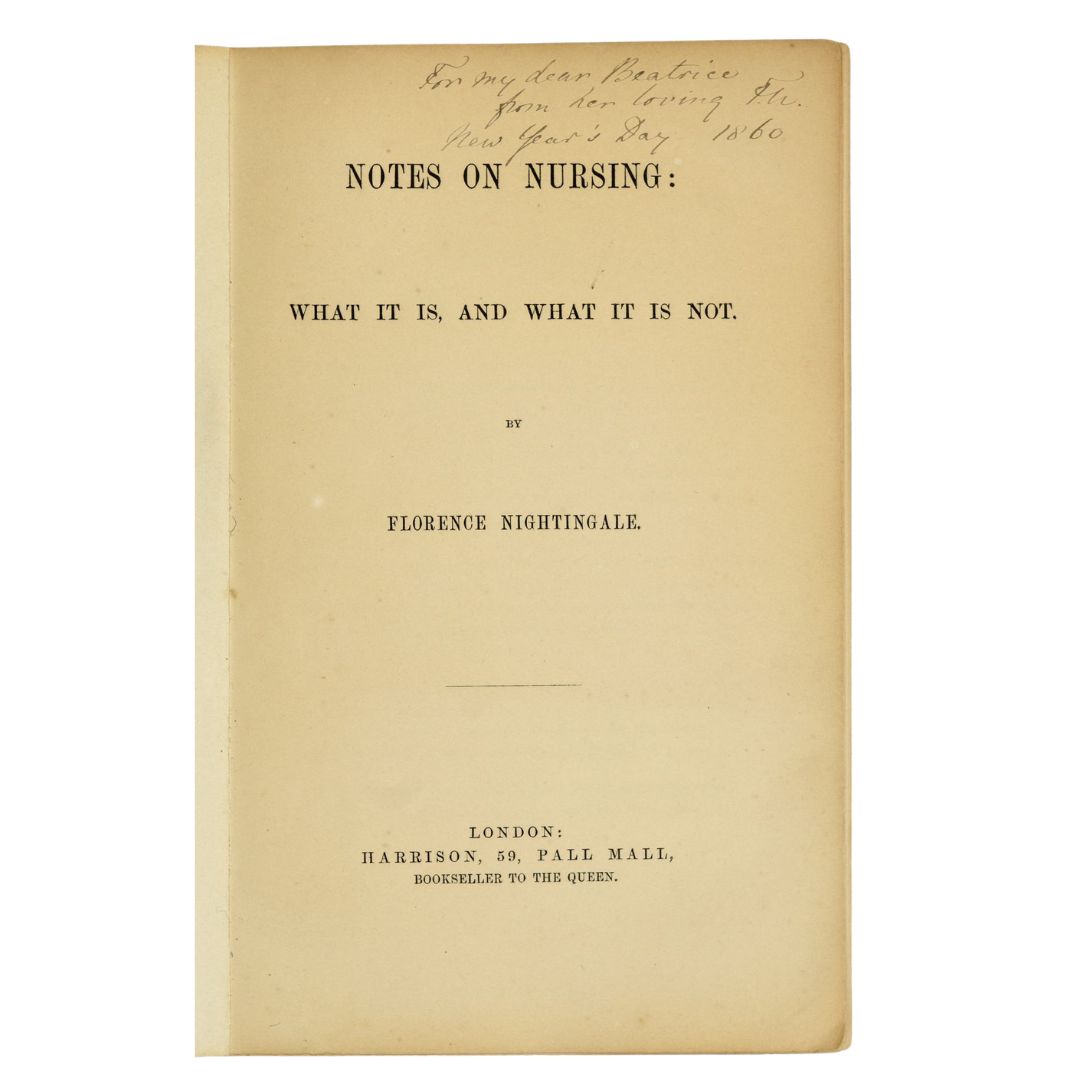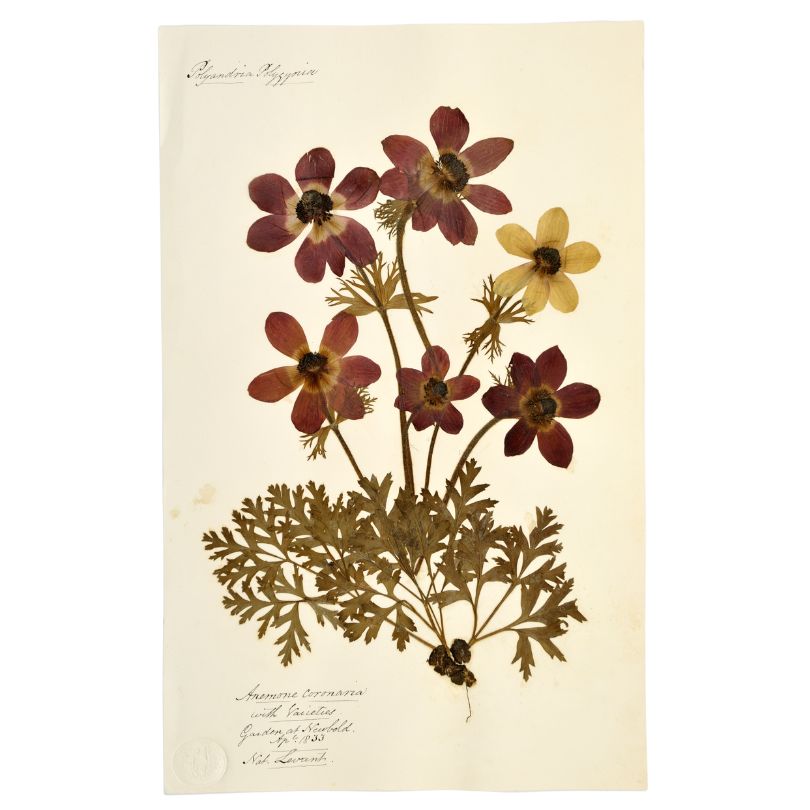Adopt an Object
The Florence Nightingale Museum is pleased to announce our Adopt an Object scheme.
We have chosen some of our key objects for you to adopt either for yourself, as a gift for someone or on a corporate basis. Your donation will go directly towards looking after our fantastic collection. Your adoption will last for 12 months.
When you adopt an object from our collection you will receive:
- A digital adoption pack, which includes a certificate, an image of your adopted object and an information sheet on the object.
- A thank you video from our Collections Manager.
- Your name will be added to the website by your object.
Please note that you will not receive the physical object and ownership of the object and any image copyright remains with the Board of the Trustees of the Florence Nightingale Museum.
Objects Available for Adoption
If you have another object that is not featured that you would like to adopt, please get in touch!
